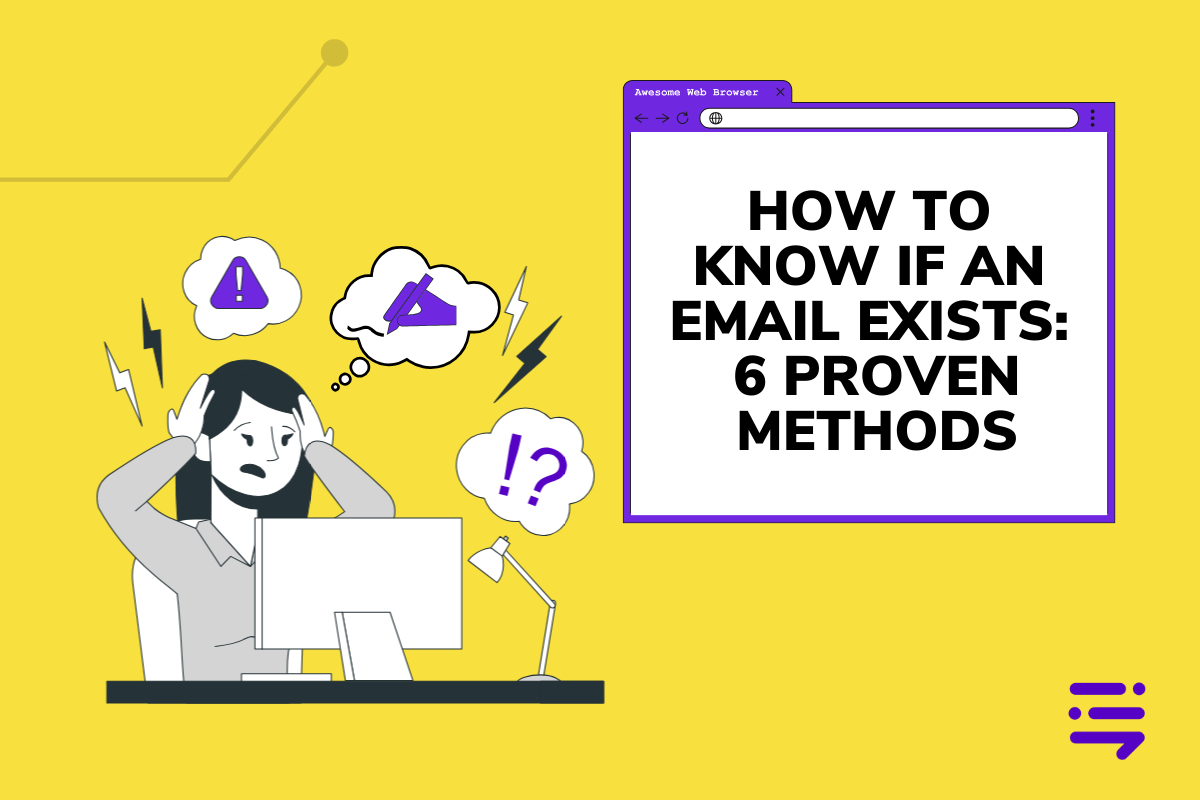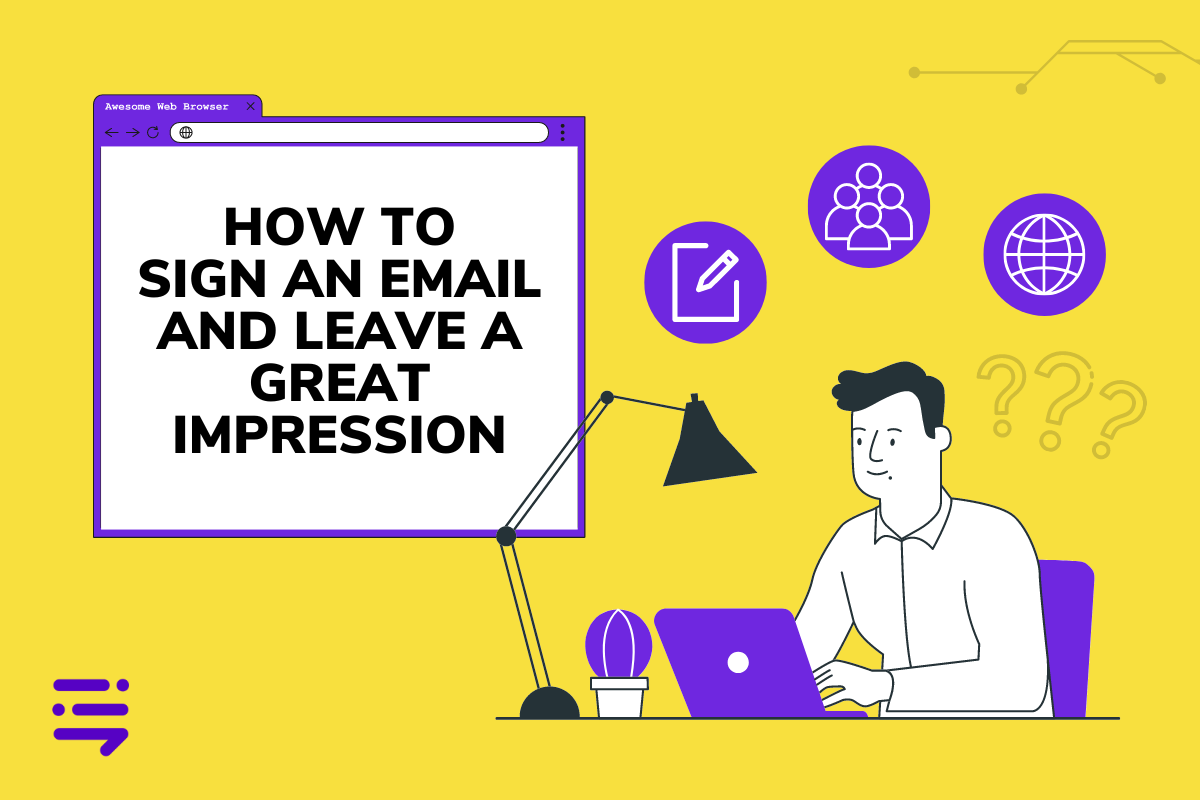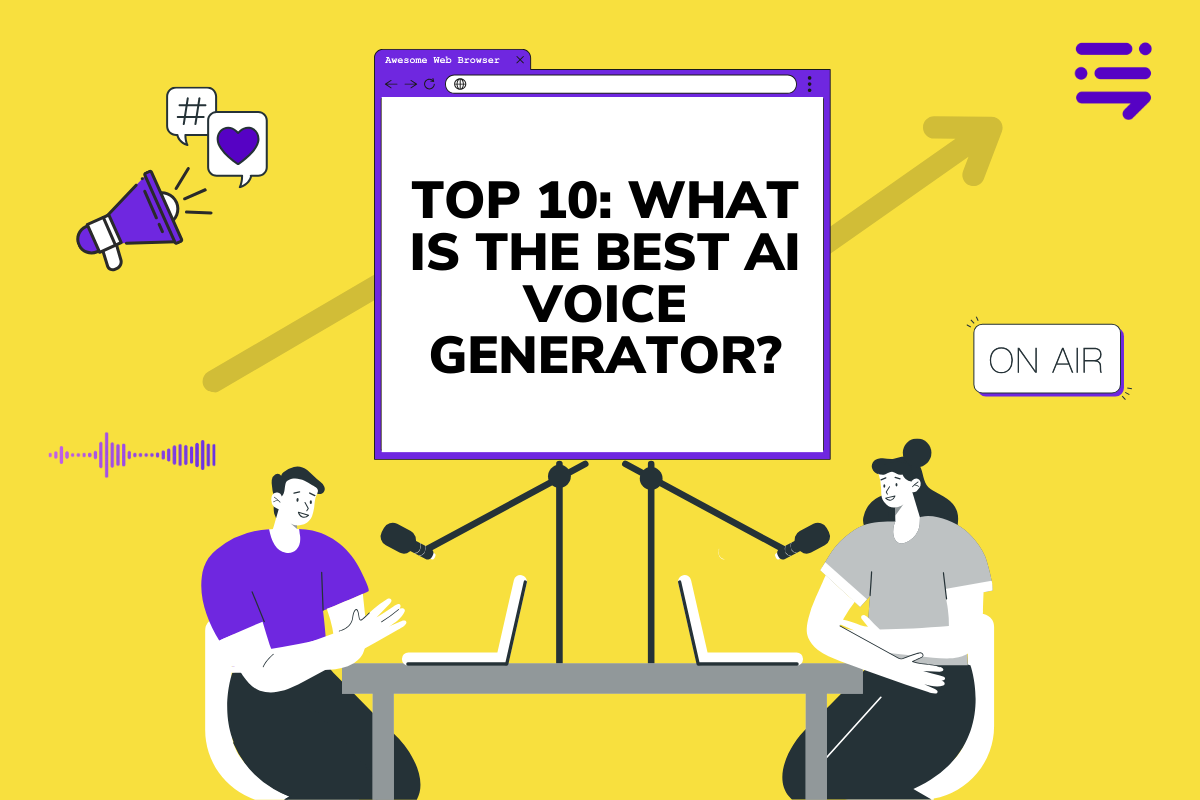
Personalize E-commerce for Customer Engagement
Design and implement personalized website experiences to increase customer engagement and conversions for your e-commerce business, resulting in higher sales and customer satisfaction.
Related Blog Articles

How to Write a Brief for Your Next Project
Discover the secrets of how to write a brief that captivates and persuades, ensuring your projects hit their mark every time.

How to Know if an Email Exists: 6 Proven Methods
Discover 7 proven methods to check if an email address exists. Learn how to verify emails, improve deliverability, and maintain a clean email list.

How to Sign an Email and Leave a Great Impression
Learn how to sign an email professionally with our ultimate guide. Discover the best email sign-offs, tips, and examples to make a great impression.

How to Cite ChatGPT in Academic and Professional Writing
Discover the essential guide on how to cite ChatGPT in your academic writing, ensuring proper credit and accuracy in APA or MLA formats.

How to Make AI Logos: A Step-by-Step Creation Guide
Discover the secrets of how to make an AI logo that elevates your brand. Dive into our guide for creating stunning, intelligent designs with ease.

Top 10: What is the Best AI Voice Generator?
Discover what is the best AI voice generator in our comprehensive guide! Explore top tools, their features and how they revolutionize audio content creation.

